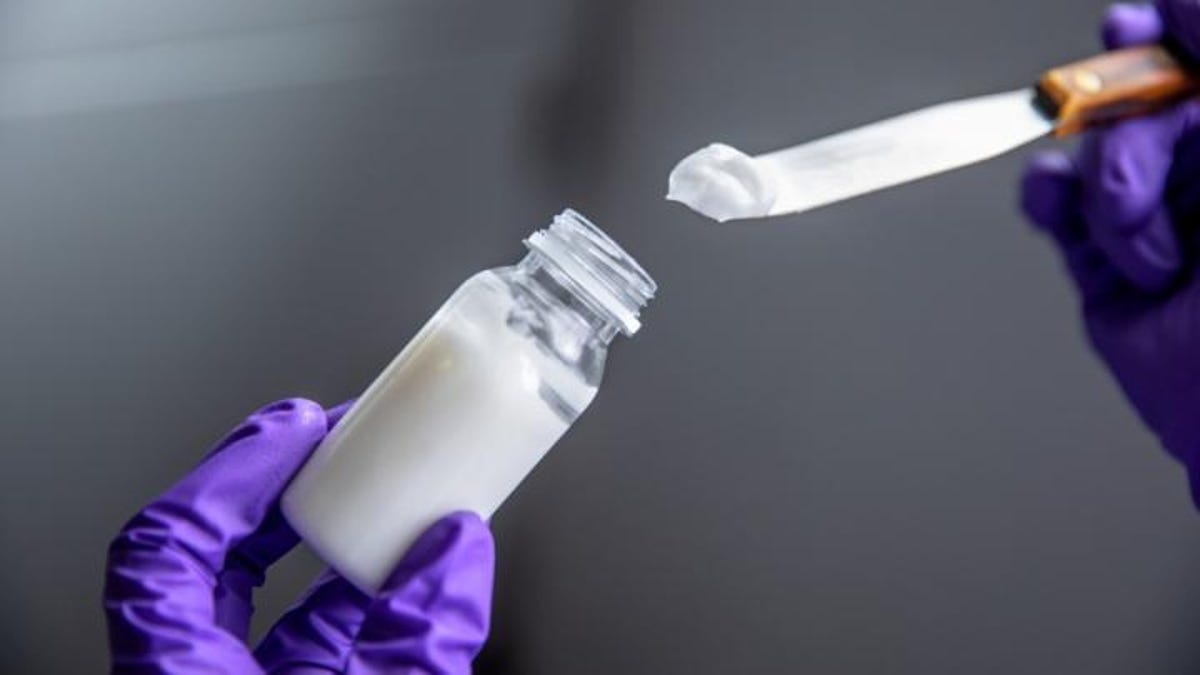Scientists create creamy butter-like spread that's 80% water
I can't believe it's mostly water.
Cornell scientists have invented a low-calorie butter-like spread that's made up of 80% water and 20% oil. What should we call this magnificent marvel of modern science? Butter-ish? Butteresque? No Butters About It?
The low-calorie spread is made using a high-internal phase emulsions process, also known as HIPE. Suggested marketing copy: "Believe the HIPE! It feels just like butter on your tongue!" HIPE has a water-to-oil ratio of 4 to 1, which makes the emulsion spheres squeeze in tight against one another.
"They start squishing against each other, and the squishing and packing results in high friction," Cornell food scientist Alireza Abbaspourrad said in a statement Tuesday. "They can't slide easily anymore. They can't flow anymore. It's firm, as you've created something with the consistency of butter spread."
The spread can be modified and adjusted to carry vitamins or have different flavors. Hello, garlic butterish.
The quest for a less fattening butter has seen many butter pretenders, but this new innovation seems promising. A tablespoon of this science spread has just 2.8 grams of fat and 25.2 calories. Compare that with real butter's 11 grams and 100 calories.
The research team published a paper on the spread and the process behind it in the American Chemical Society's Applied Materials and Interfaces journal in June.
The only major problem with this newfangled spread is that you probably can't carve Apollo 11 astronaut-tribute sculptures out of it.


